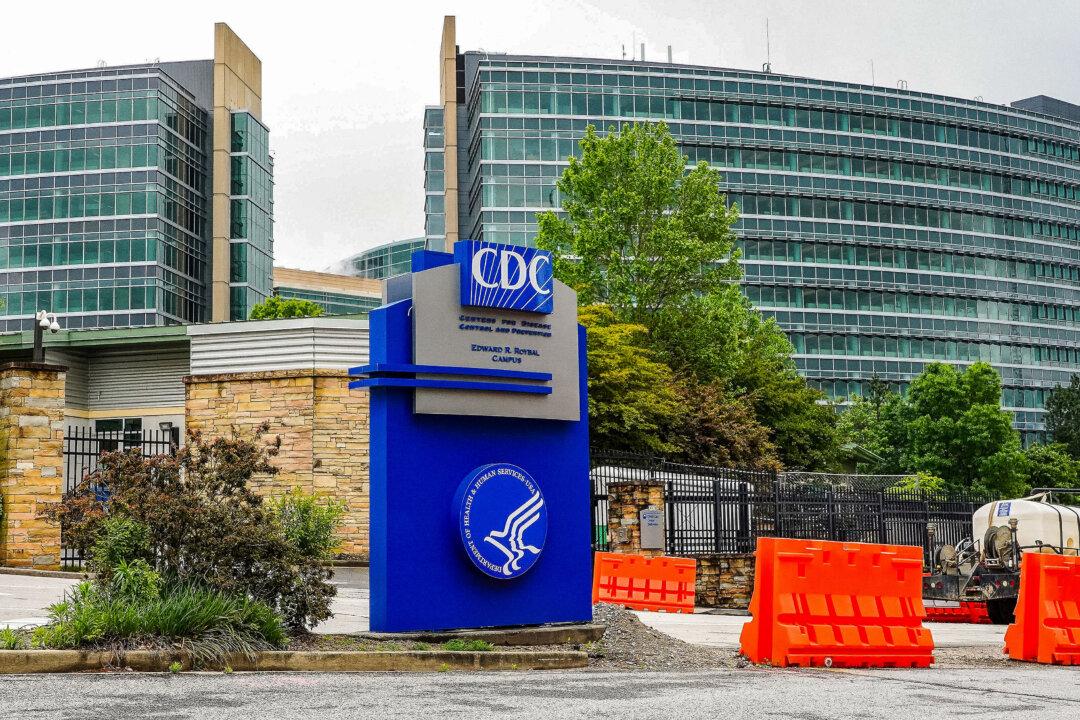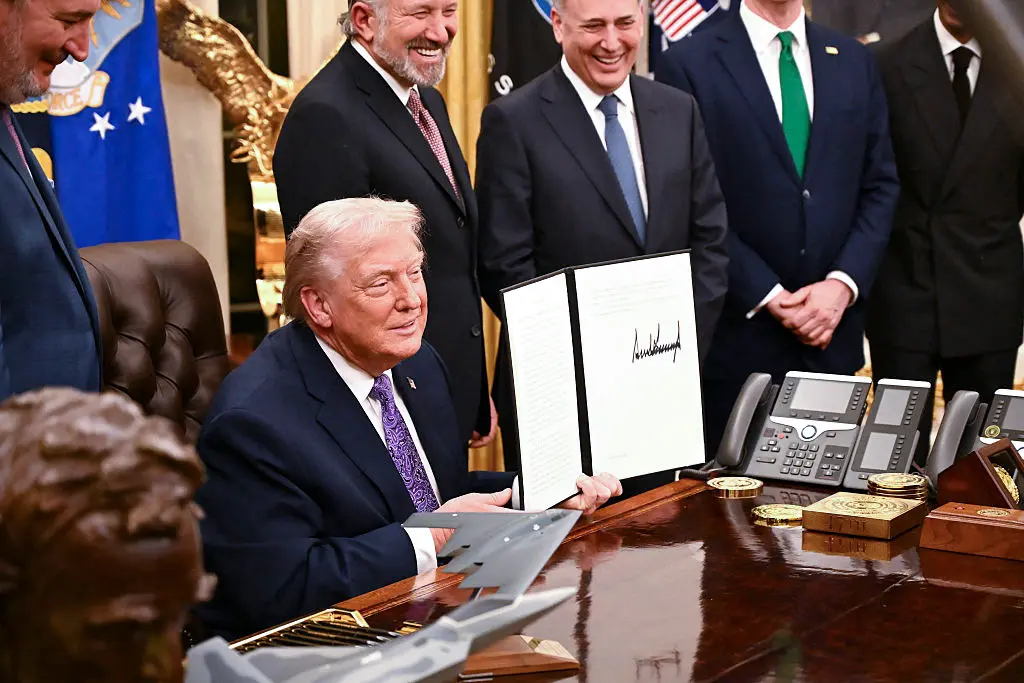A 5.2 magnitude earthquake struck Puerto Rico on Wednesday morning, according to the U.S. Geological Survey (USGS), bringing the total numbers of tremors to more than 1,200 in recent weeks.
More than 1,280 earthquakes have hit Puerto Rico’s southern region since Dec. 28, 2019, officials told The Associated Press Wednesday. More than 20 of them were a 4.5 magnitude or greater, including a 6.4 magnitude tremor that struck on Jan. 7 and did widespread damage across the island. On Saturday, a 5.9 magnitude aftershock hit and caused even more damage.





